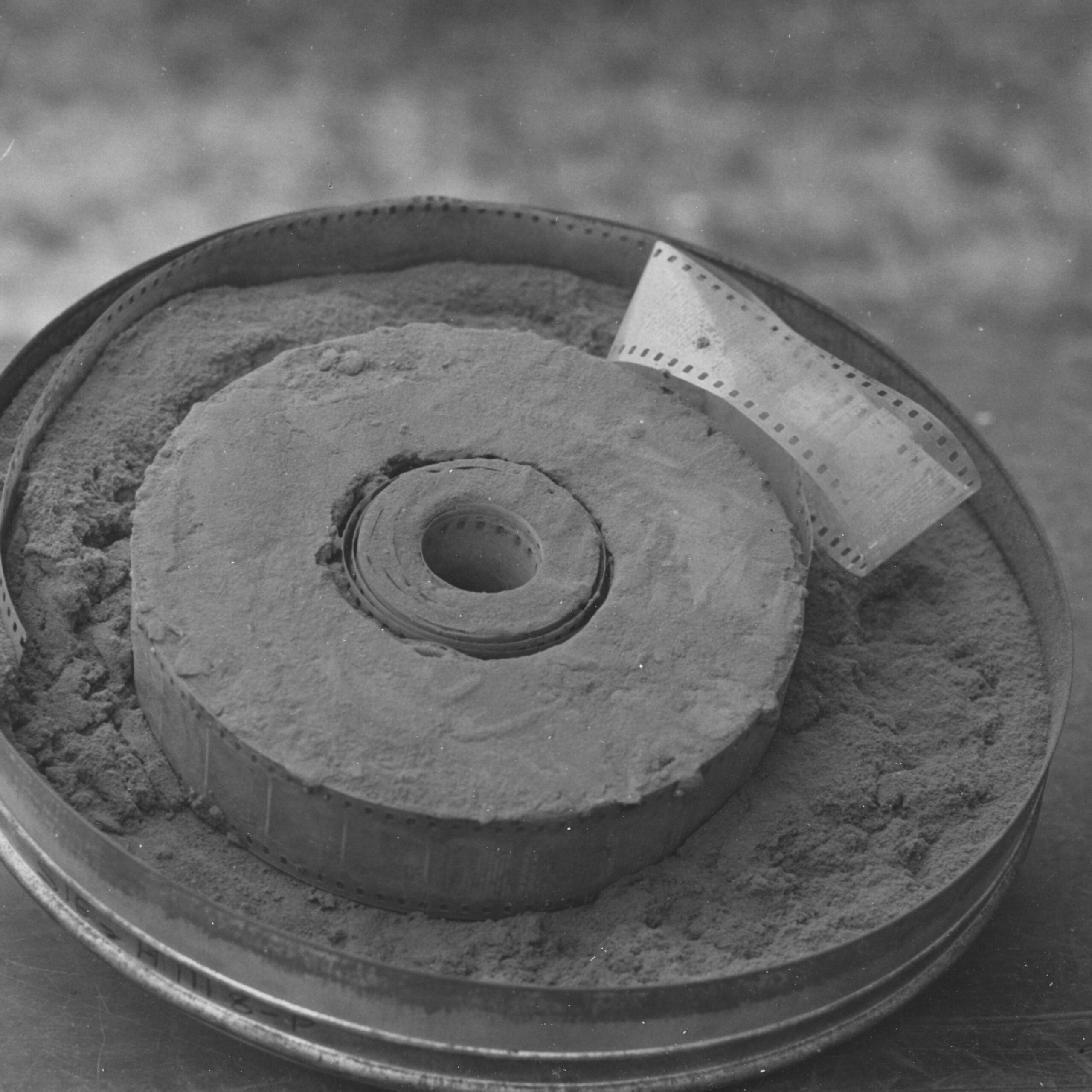
Raw Materials of the Humanities

Nitrocellulose: A Material History of the Humanities

© National Archives and Records Administration (or: U.S. National Archives)
This PhD project investigates nitrocellulose and its significance for the history of the humanities in the 19th and 20th centuries. I focus on the material resources collodion and celluloid, both products of nitrocellulose, which played pivotal roles in shaping media technologies including photographic processes and cinematography. Through case studies, the project addresses working practices and knowledge techniques in the humanities, such as the application of the collodion wet plate process in archaeological photography or the production of educational films in the field of cultural history.
Of interest are, first, the working practices of humanities scholars as they engaged with these materials, revealing how the material properties of collodion and celluloid were inscribed into the production, transfer, and storage of knowledge within the humanities. My second focus is on the raw materials of nitrocellulose-based media technologies themselves—cotton, saltpeter, camphor.
The subproject examines the extraction, transportation, and processing of raw materials, tracing the ecological, economic, political, and industrial contexts through which they were transformed into media of knowledge. By situating the media practices of the humanities and the emergence of humanities disciplines within the broader material history of nitrocellulose, the project highlights how these processes were embedded in global networks shaped by ecological, economic, and colonial power structures. These intricate networks are themselves resources that, I argue, have been of great importance to the epistemes of the humanities.